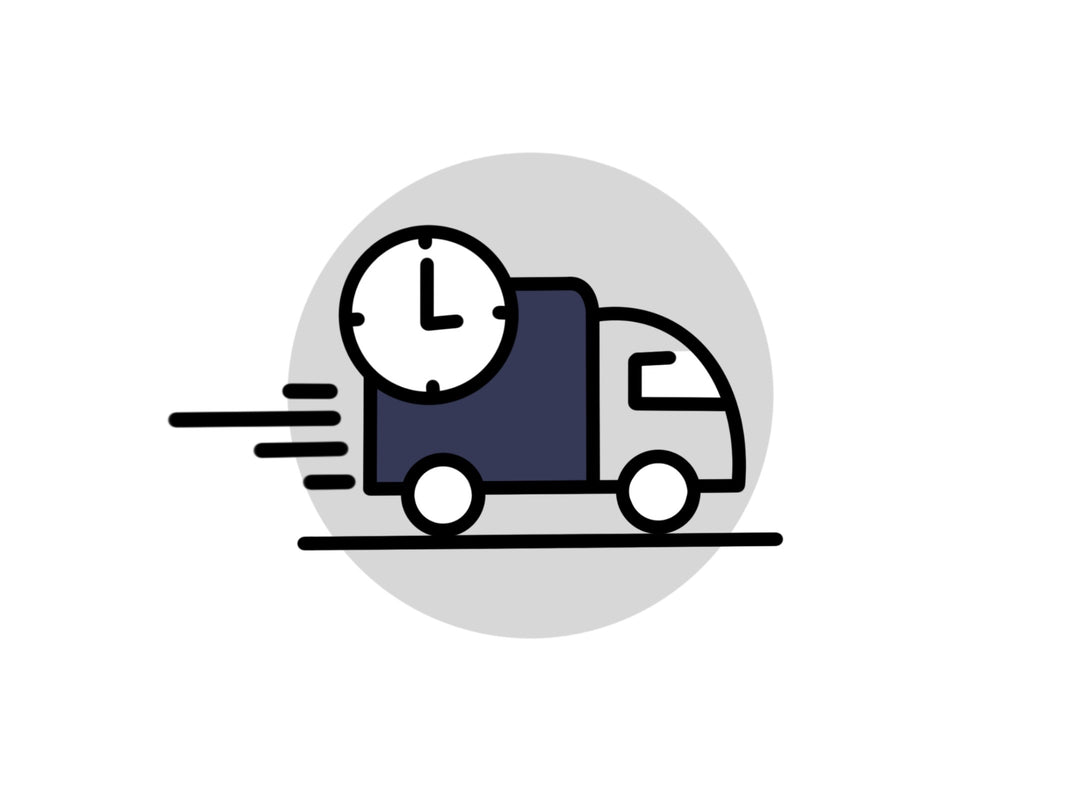Everything You Need to Know About Tummy Time

As an Amazon Associate we may earn from qualifying purchases.
As a new parent, you've probably heard about the importance of Tummy Time for your newborn, starting as early as their first week. However, if you've researched the Montessori method, you've likely discovered that you should only place your baby on their tummy when they can roll there independently, which usually happens around the five-month threshold. This may leave you feeling uncertain about whether to proceed with Tummy Time or not.
Here is everything you need to know about Tummy Time to help you make an informed decision and implement Tummy Time when you choose to do so.
What are the benefits of Tummy Time?
Tummy Time is recommended by many professionals, as it can help to:
- Support motor development
- Strengthen muscles in the back, core, neck & limbs
- Develop neck & head control
- Support future milestones such as rolling, sitting, climbing & walking
- Prevent flat head syndrome
Aside from the physical advantages, Tummy Time is an excellent way for your baby to investigate their surroundings from a fresh perspective, enhancing their cognitive abilities such as thinking and problem-solving.

When can Tummy Time be practiced?
For most babies it’s safe to start Tummy Time from birth. If your baby is born prematurely, it’s best to check with their healthcare provider first to obtain their recommendations on when to begin Tummy Time.
There is no need to wait for your baby’s umbilical cord to fall off, unless you feel more comfortable in doing so.
How long should Tummy Time last?
Start with very short stretches, between 1 & 5 minutes, a few times a day. As your baby becomes stronger & more comfortable, gradually increase their tummy time, up to an hour total per day by the time they are around 3 months old. This hour can be done in 3 to 15 minute segments depending on your baby's tolerance.
Always pay attention to your baby's cues, and stop the session if they become upset or have had enough.

Different ways to practice Tummy Time
Here are a few different ways to offer Tummy Time to your baby. Try to switch up the method you use each time you practice:
- Lay baby on their tummy on your chest or tummy
- You can start by reclining back just a little & gradually increase the recline if baby seems happy
- Talk & sing to them or make faces for them to watch
- Using a yoga ball
- Gently place your baby on top of a yoga ball (or other soft ball)
- Support their core, holding them with both hands at all times
- Slowly rock the ball back & forth as they get stronger
- Have them facing towards you so they can look at your face

- Lay baby on their tummy across your lap
- As they become stronger you can slide more of their head & shoulders off of your lap
- Hold a toy or high contrast images in front of them for them to look at. Read more about how black and white contrast items help your baby grow.
- Baby on their tummy on the floor
- Begin with baby on their back & gently roll them onto their tummy
- Use a soft mat like the Topponcino or blanket so baby is comfortable
- Lay on your tummy facing your baby, so you can talk & sing to them
- Place a mirror in front of your baby
- Place toys or high contrast images in front of them
- Using a pillow or rolled up Topponcino (this was a game-changer for our little one’s Tummy Time!)
- Just as you would place your baby on the floor for Tummy Time, you can add a rolled up Topponcino or small pillow underneath your baby’s chest for support
- This method may allow them to move their arms a little more easily

As your baby grows and develops, you can adjust your tummy time exercises to stimulate their physical and cognitive development. To encourage your baby to look and reach upwards, try lifting objects higher in front of them. Similarly, to prompt them to turn their head and body, place objects to the sides.
If you're doing tummy time on the floor, roll your baby gently onto their back when they're finished instead of lifting them straight up from their tummy. This will help them learn how to roll out of tummy time independently in the future.
Always supervise your baby during tummy time, no matter what approach you use!
What if my baby doesn’t enjoy Tummy Time?
Most babies do not take to Tummy Time straight away. It's a new experience for them & it requires a lot of effort from their little bodies. However, by starting with short stretches and gradually increasing the duration, trying various methods, and actively engaging with your baby throughout, they should be able to enjoy (or at least tolerate), brief periods of Tummy Time as they get stronger.
If your baby seems to dislike Tummy Time or becomes very distressed, it may be a sign of physical tension. Start by attempting Tummy Time on your chest and giving your little one some time to adjust. If the issue persists, speak with your healthcare provider for additional guidance and support.
Another way to build the muscles used in tummy time is by placing your baby in a carrier, which your little one might find more enjoyable.
For more ideas, check out these Montessori newborn activities from Hapa Family below.
Remember, go at your baby's pace. Don't stress or put pressure on yourself or your little one as this will make the Tummy Time process unenjoyable. Tummy Time should be an opportunity to give your little one freedom to explore their body and gently work on their development. Enjoy the process!












